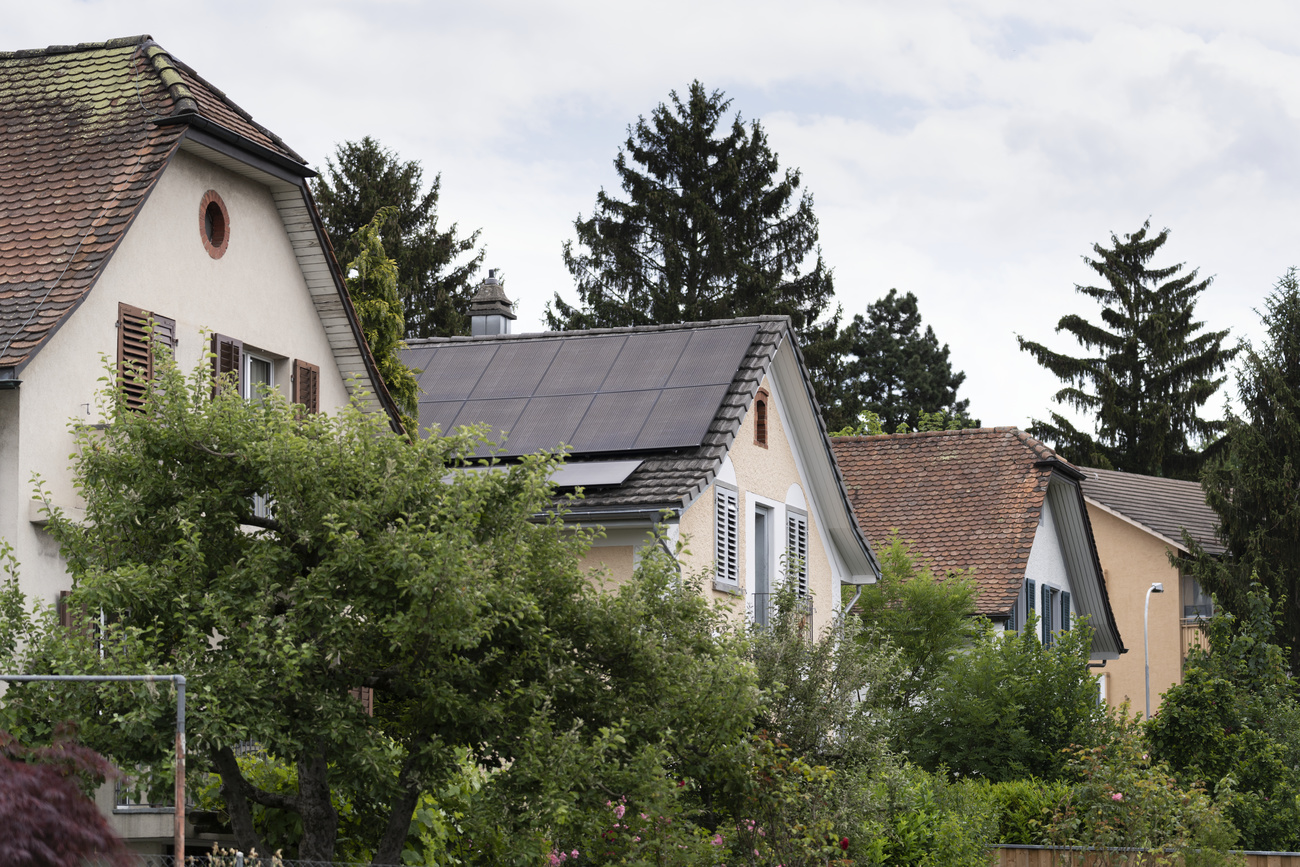
Over half of medicines in pharmacy windows are ineffective, study finds

Nearly 60% of medicines displayed in pharmacy windows in Switzerland have no medically proven efficacy, a study has found.
The study, conducted by a team of doctors at Biel Hospital Centre and published on Monday, analysed photos of shop windows from 68 randomly selected pharmacies in Switzerland. The team found that of the 970 medicines examined, only 418 (or 43.1%) had proven efficacy.
The data on the remaining 556 medicines (or 56.9%) are too thin to draw any reliable conclusions about their effectiveness.
These results can be explained in part by the fact that pharmacies are not allowed to advertise prescription medicines like antibiotics in their windows, notes the study published in the British Medical Journal Open.
“Most of them are homeopathic medicines that have never proved effective in any study. So you can drink gallons of them and you’ll probably have neither primary effects nor side effects,” explained Professor Daniel Genné, who directed the study.
But he told Swiss public broadcaster RTS that this proportion is still problematic. “These are still surprising results, which could also have consequences for patients,” he said.
While the drugs on display are not dangerous to health, Genné points out that they are sold to people with symptoms. “It could just be anxiety, but it could also be a serious illness for which effective treatment needs to be given. So it could delay a diagnosis.”
Genné’s team regrets the presence of so many drugs with no proven efficacy in shop windows. By giving them this visibility, pharmacies are indirectly recommending them to the public, who are increasingly resorting to self-medication. However, some patients are unaware that non-prescription drugs can interact with other medicines.
The researchers are therefore proposing to introduce a label on all non-prescription medicines indicating their level of efficacy, “just as electrical appliances have been classified from A to F according to their level of energy efficiency”. This would enable patients to make informed decisions about the medicines they choose to buy.
This news story has been written and carefully fact-checked by an external editorial team. At SWI swissinfo.ch we select the most relevant news for an international audience and use automatic translation tools such as DeepL to translate it into English. Providing you with automatically translated news gives us the time to write more in-depth articles. You can find them here.
News

In compliance with the JTI standards
More: SWI swissinfo.ch certified by the Journalism Trust Initiative


































You can find an overview of ongoing debates with our journalists here . Please join us!
If you want to start a conversation about a topic raised in this article or want to report factual errors, email us at english@swissinfo.ch.